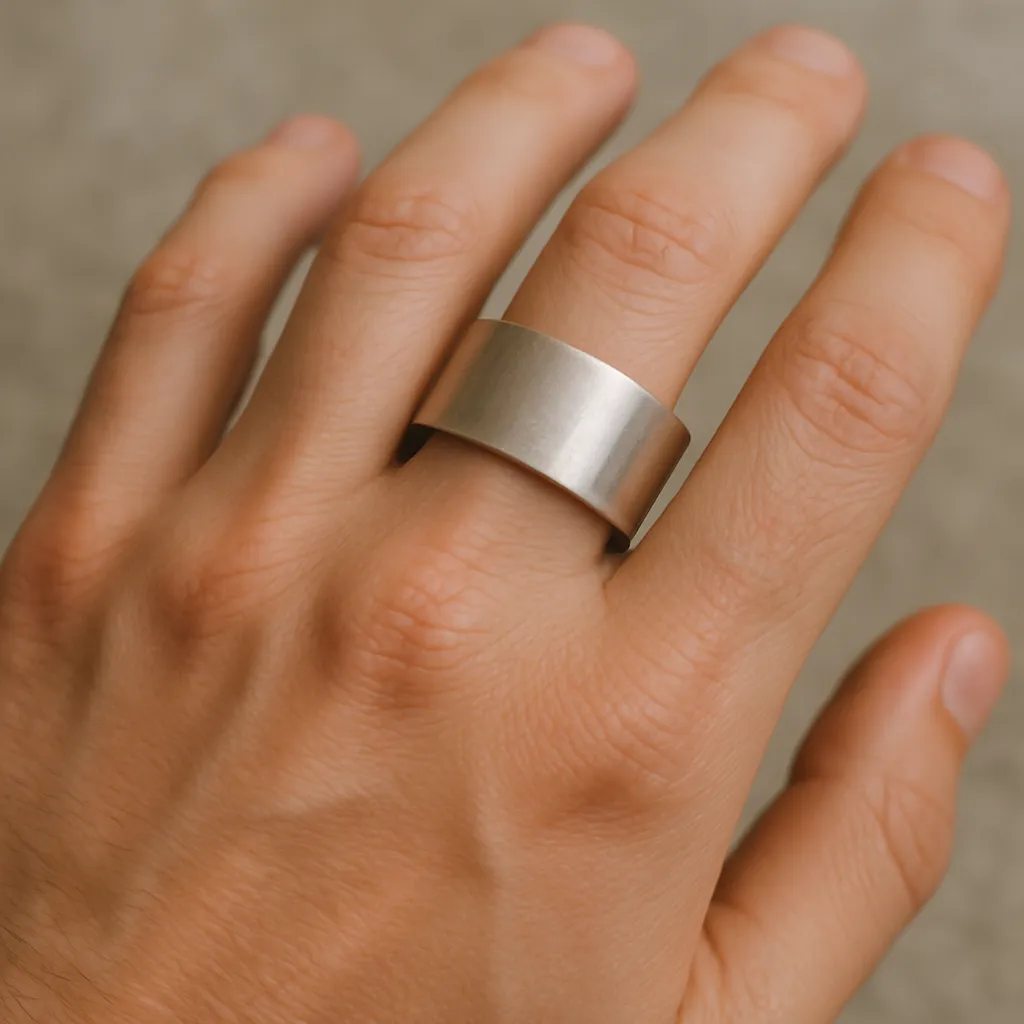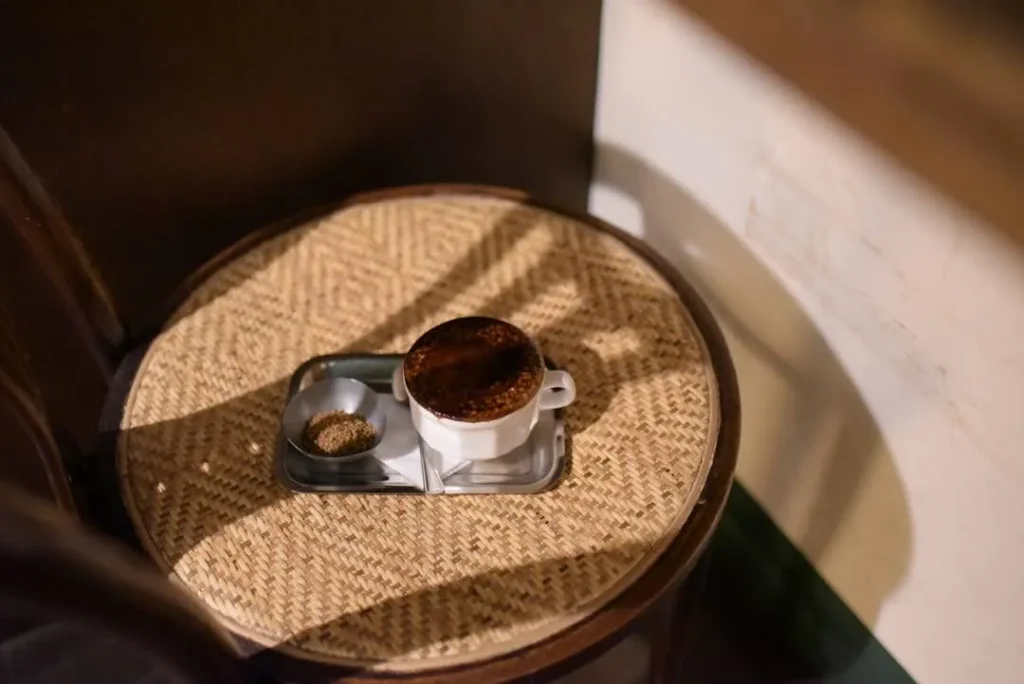When it comes to choosing a ring, size isn’t just about the circumference of your finger. The width of the ring band can significantly affect both the look and feel of the ring. Two popular options are 6mm and 8mm bands. But how do you decide which width is right for you? Let’s explore the differences, benefits, and considerations of 6mm vs 8mm ring sizes to help you make an informed decision.
Before diving into the specifics of 6mm and 8mm ring sizes, it’s important to understand what these measurements mean. The millimeter (mm) measurement refers to the width of the band, not the diameter or circumference. A 6mm band is narrower than an 8mm band, and this difference can influence the ring’s style, comfort, and fit.
Why Ring Width Matters
The width of a ring impacts how it looks on your hand. Wider bands tend to make a bolder statement, while narrower bands offer a more subtle appearance. Additionally, the width can affect the comfort level of the ring, as wider bands may feel tighter due to increased surface area on the finger.
Pros and Cons of 6mm Ring Size
1. Advantages of 6mm Rings
- Subtle Elegance: A 6mm ring offers a more understated and classic look, suitable for those who prefer simplicity.
- Comfort: Generally, a 6mm band is lighter and may feel more comfortable for everyday wear, especially for those not accustomed to wearing rings.
- Versatility: The narrower band can complement a wide variety of styles, making it a versatile choice for both casual and formal settings.
2. Disadvantages of 6mm Rings
- Less Presence: A narrower band may not stand out as much, which might be a downside if you want a ring that makes a statement.
- Durability: In some cases, narrower bands might be less durable, especially if made from softer metals.
Pros and Cons of 8mm Ring Size

1. Advantages of 8mm Rings
- Bold Statement: An 8mm ring is wider and makes a more noticeable impression, which can be ideal for those who enjoy standing out.
- Durability: Wider bands can be more robust and resistant to bending or damage, particularly when crafted from sturdy materials.
- Enhanced Design Opportunities: The additional width allows for more intricate designs and engravings, offering personalization options.
2. Disadvantages of 8mm Rings
- Comfort Concerns: Some people find wider rings less comfortable, especially if they are not used to wearing rings.
- Sizing Challenges: Wider bands may require a slightly larger size for a comfortable fit, as they cover more of the finger.
Read more: Understanding the Average Female Ring Size
How to Choose Between 6mm and 8mm
1. Consider Your Style
Your personal style should heavily influence your choice between a 6mm and 8mm ring. If you lean towards minimalist designs, a 6mm band might be more aligned with your taste. Conversely, if you prefer bold accessories, an 8mm band could be the perfect fit.
2. Think About Comfort
Comfort is crucial when choosing a ring width. If you’re new to wearing rings, starting with a 6mm band might be more comfortable. However, if you’re accustomed to wearing wider bands, an 8mm ring could suit you just fine.
3. Assess Your Lifestyle
Consider your daily activities and how a ring fits into your lifestyle. If you work with your hands frequently or engage in activities where a ring might be subject to wear and tear, durability is key. An 8mm ring might offer the sturdiness you need.
4. Test Different Widths
Whenever possible, try on rings of different widths before making a decision. This firsthand experience will give you a better understanding of what feels right.
Additional Considerations

by TingYu Lin (https://unsplash.com/@olivia199216)
1. Metal Type
The type of metal can influence the weight and feel of the ring. For example, a 6mm titanium ring might feel different than an 8mm gold ring due to the density of the materials. Consider how different metals feel on your finger in both 6mm and 8mm widths.
2. Ring Purpose
Are you choosing a ring for a wedding band, a fashion statement, or a special occasion? The purpose might dictate the best width choice. Wedding bands often lean towards personal comfort, whereas fashion rings might prioritize appearance.
3. Finger Size and Shape
Your finger shape and size can also influence how a ring width looks. Wider bands might look more proportional on larger hands, while narrower bands can be flattering on smaller fingers.
Conclusion
Choosing between a 6mm and 8mm ring size is a personal decision influenced by style, comfort, and lifestyle. Both widths have their unique advantages and potential drawbacks. By considering these factors, you can select a ring that not only looks great but feels comfortable and suits your daily life. Whether you opt for a sleek 6mm band or a bold 8mm one, the right ring will be a cherished piece for years to come. Use Ring Size Chart Calculator to compare widths and find the perfect fit for your style and needs.
